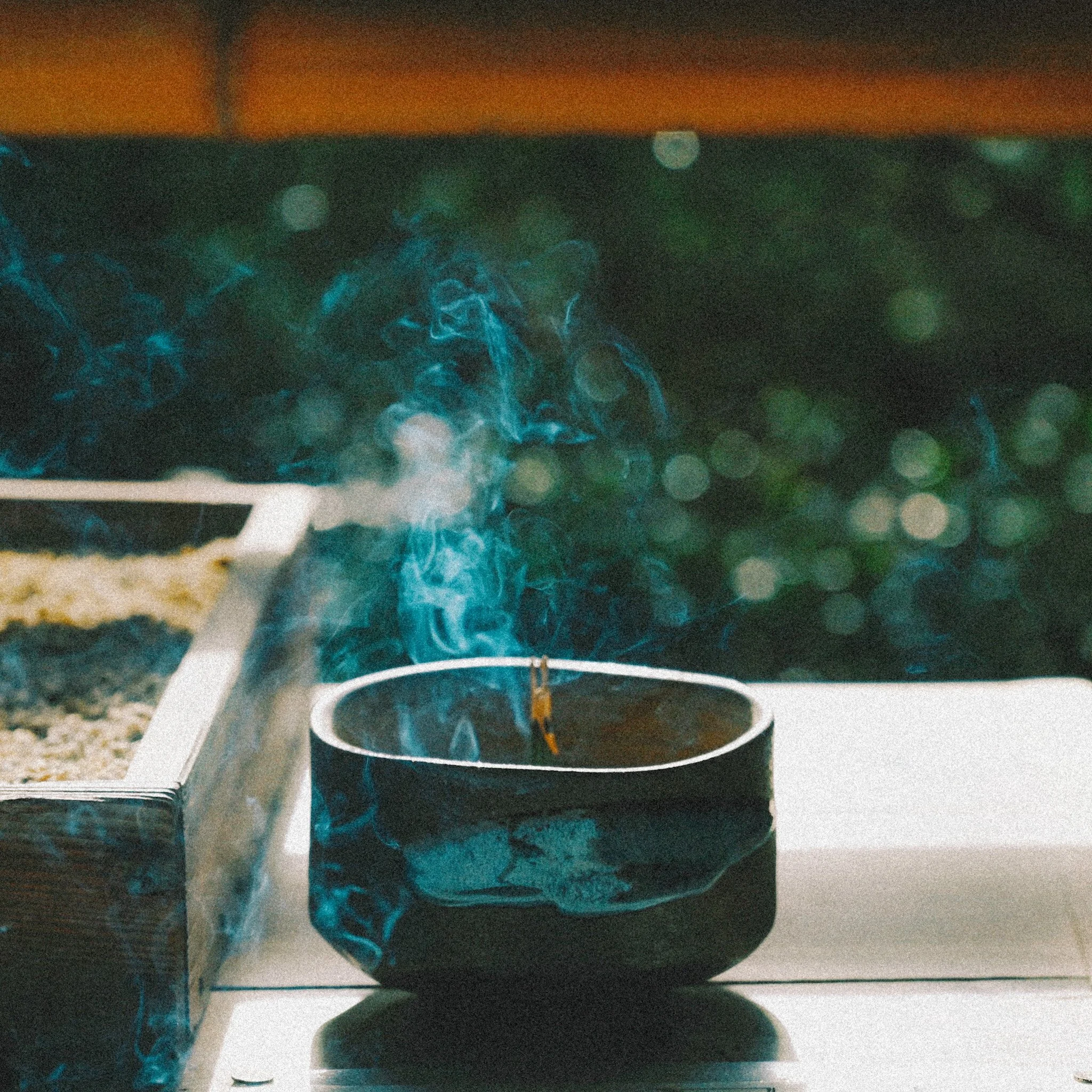Listen to the Rising Swirls
Of the five senses, I’ve always found the sense of smell the most intriguing since young. Smell is an extremely esoteric and personal experience, often hard to fully grasp or describe. Our daily lives are filled with sights from the moment we wake up to each new day. Screen after screen, the dominance of vision in our everyday lives has greatly displaced that of smell. The average person’s limited vocabulary when it comes to describing a scent is a sure sign of our shallow affection towards the subject.
“This smells like home.” is often the first phrase one makes when chancing upon a familiar scent. This is probably because our sense of smell is intricately linked with memory, more so than any of our other senses. The freshly baked scent of your favourite cookie can conjure up memories from your childhood or trigger a vivid recollection of a long-forgotten experience, buried in the depths of your subconsciousness… Scents truly work in mysterious ways.
A single line of Fragrant smoke
From incense stick
Trails off without a trace:
Where does it go?
– Rengetsu
In an attempt to better understand how our minds and bodies react to scents, we attended an introduction to Kōdō (香道) one evening. Translated to mean the “way of fragrance” – Kōdō is the art of appreciating Japanese incense and is one of the three major classical arts refined Japanese women were expected to learn, alongside Sadō (茶道) and Kadō (華道).
We were given a brief introduction on the six families of wood and their five accompanying scents, and were taught how to handle the incense burner. When the ceremony began, five different incense burners were handed out consecutively to participants, who would then observe and record the traits of the scents. The ultimate aim of the evening was to eventually guess which of the five prepared incense burners contained different or same scents, and to record that using symbols.
Needless to say as first-time attendees to an incense ceremony and with our rational minds, majority of us earnestly used our sniffing prowess’ in this process. The results were not all favourable – in a room of more than 40 people, only one person managed to get the scent pattern right. The most interesting observation that evening was that whilst Kōdō might seem centralised around the sense of smell, that we were told to “listen”/聞く to the scents – to allow them to really drift into the depths of our souls and minds, in order to grasp the essence of a scent-based experience. Perhaps if we had approached the whole exercise with less of our olfactory abilities and more of our hearts and imagination, we would better have travelled to the different places we could have been taken to.
These days, the way of fragrance has very much diffused into many aspects of our lives – in our bath lotions, aromatherapy oils, perfumes, the cups of teas that we sip… At times, all we need to do to transport ourselves to a different spiritual plane is to really listen more closely to these scents, and wander into the secret worlds our minds can take us to.
TEXT AND IMAGES by ANATOMY OF THINGS
